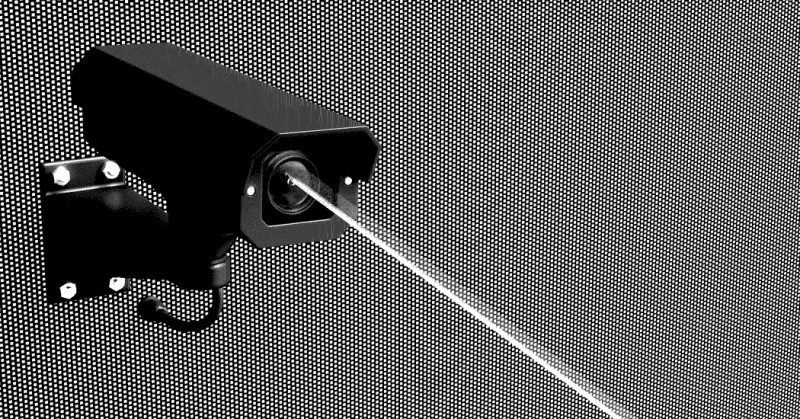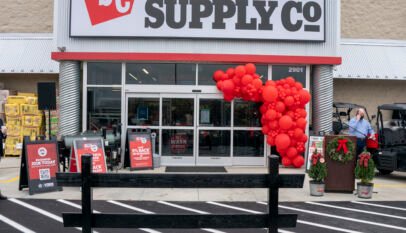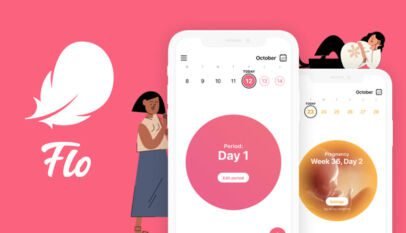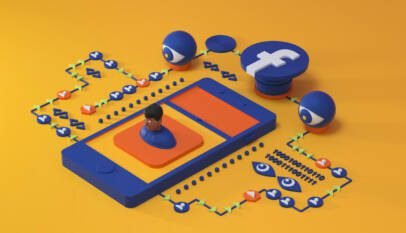
This article is part of the On Tech newsletter. You can sign up here to receive it weekdays.
How citizens and authorities respond to one another during large-scale protests — including how they use technology as a tool in the battle — can say a lot about trust in the entire political system.
Paul Mozur, who has written extensively about the Chinese statesurveillance machine for The New York Times, told me that mistrust of the authorities in Hong Kong was reflected in constant digital surveillance and paranoia during the pro-democracy demonstrations that started a year ago and continue to break out.
Paul and I talked about how police and protesters used surveillance technology during the height of the Hong Kong protests last year, and what Americans — now gripped by their own protests — can learn from it.
Shira: What were Hong Kong protesters’ worries about digital surveillance?
Paul: They were constantly trying to avoid being tracked by law enforcement, although it wasn’t clear what the authorities were doing. People obsessively covered up with face masks, and this was before the coronavirus. Protesters avoided using subway cards that linked to their identity. To disrupt monitoring, protesters smashed every security camera they could, and some flashed laser pointers at police cameras.
There was a suspicion that police filmed every demonstration to identify people through facial recognition software and target them. It wasn’t conclusively shown that was happening. But Hong Kongers took extreme measures because they were afraid of China’s government next door and its use of technology to watch and intimidate people.
How did demonstrators use technology?
There were protest channels on the messaging app Telegram to identify police officers who seemed to be overly aggressive during demonstrations. Some people publicly posted personal information about officers or their relatives, in an act known as doxxing. From the beginning, police took off identification badges, which drove the doxxing campaign.
This sounds like constant chaos and fear.
Both sides were fighting a surveillance war, and trying to shift the surveillance advantage toward themselves and cut off the other side. Though protesters were usually outmatched.
How does that compare to what’s happening in the United States?
I’m not there, so I might be missing things, but the U.S. protesters don’t seem to have the same level of paranoia about law-enforcement surveillance.
If we start seeing U.S. protesters getting so afraid that they’re all wearing masks to shield their faces, or not driving to protests because they’re worried about license plate scanners, or not using credit cards, that would be a sign that U.S. protesters have lost trust in legal systems designed to protect their privacy. That’s what happened in Hong Kong.
AI surveillance should be banned while there is still time.
All the same privacy harms with online tracking are also present with AI, but worse. While…













